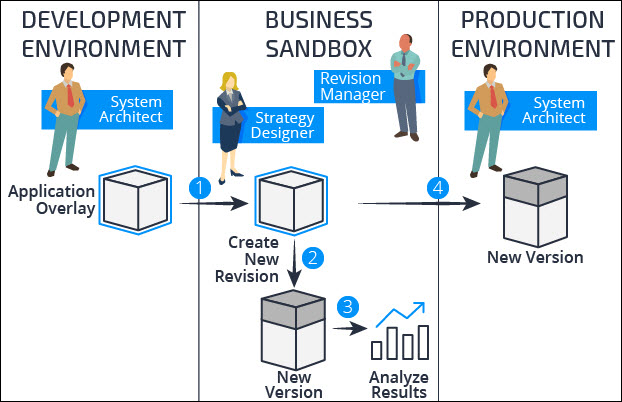To Balancing Business Objectives and customer needs, its good to remember the following points.
- Always-On customer brain stands behind the
NextBestAction
- Business Logic is an iterative development.
We will develop with the current requirement and based on the customer behavior,
we will change the Strategy
- The Key Elements in Implementing the Business
Logic is:
- Business Issue * Group. All propositions will
be added under any specific Group only
- Propositions - Proposition Catalogue will be
maintained
- Prioritization - BL-Strategy
- Use the NBAM components to implement the
logic Strategy. ADM is used to predict the customer Propensity and learning the
data real-time.
- Predictive models will be used to learn from
Existing models
- All Decisioning Strategy business rules are
classified under Hard & Soft Rules. Eligibility rules are Hard rules and
all Decision Data (Control param), Arbitration components are Soft rules
- Break the whole logic into Small sub
strategies logically and process the Propositions in each stage to apply the
proposition selection process
- Eligibility Rules are always determined as
Hard Rules
- Prioritization component will be used to
determine the Top offer at any given time.
- BusinessIssue and Group is something we want
to think first before implementing NBAM project
- NBAM project is not a finished product. We want to learn and make the continuous changes to make the better decision
- Apply BML methodology to keep optimizing the Strategies to drive the business outcome
- B-Build - Make the Strategy/Logic changes
- M-Measure - Measure the performance of the Strategy
- L-Learn - Learn the feedback from Customer
- Repeat the BML method again.
